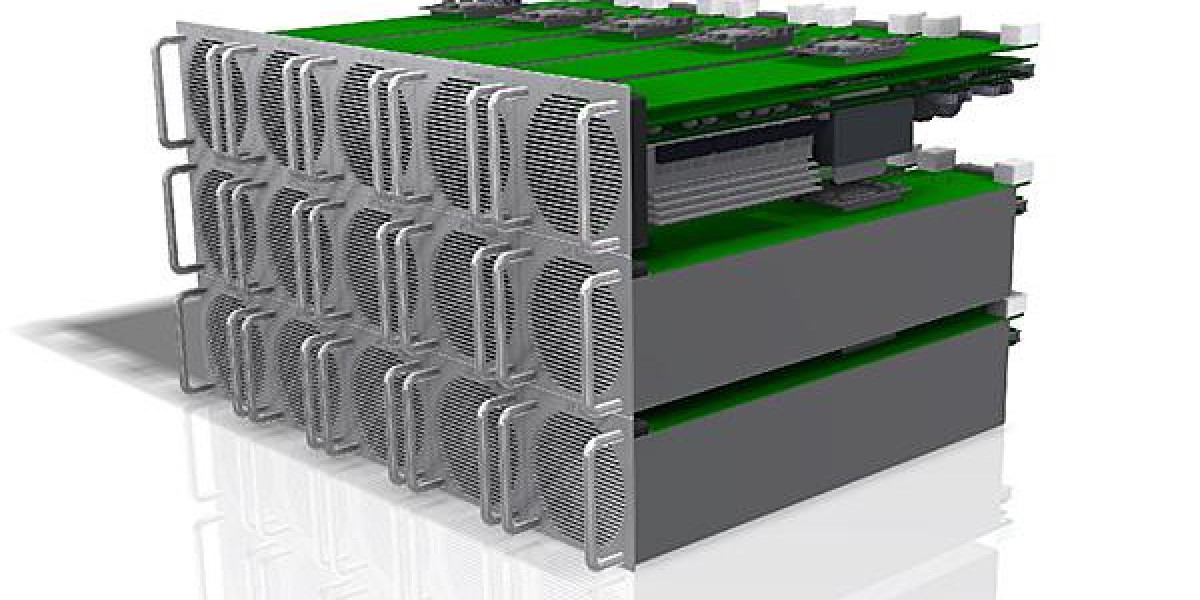The global solid state transformer (SST) market has been gaining momentum as next-generation power electronics gain prominence in energy infrastructure. SSTs, also known as power electronic transformers, offer significant advantages over traditional transformers, such as improved efficiency, compact size, bidirectional power flow, and the ability to integrate with smart grids and renewable energy systems. However, despite these promising benefits, the SST market faces several restraints that are slowing down widespread adoption. This article explores the key challenges hindering the growth of the solid state transformer market.
1. High Initial Cost and Investment
One of the most significant barriers to SST adoption is the high upfront cost compared to traditional transformers. Solid state transformers require advanced semiconductor components like silicon carbide (SiC) or gallium nitride (GaN), complex control circuitry, and high-frequency transformers, all of which contribute to their elevated manufacturing costs. These materials and components are not only expensive but also require specialized manufacturing processes. For many utilities and industries operating under tight capital expenditure constraints, the cost of SSTs can be prohibitively high, especially in comparison to the long-established, cost-efficient legacy transformers.
Additionally, the cost of retrofitting existing grid infrastructure to accommodate SSTs further inflates the overall investment required. This financial burden discourages many potential users from transitioning, especially in developing regions where cost sensitivity is higher.
2. Technical Challenges and Reliability Concerns
While SSTs promise superior functionality, they also introduce a set of technical complexities. SSTs rely heavily on power electronic converters, which are more susceptible to thermal stress, switching losses, and electromagnetic interference. This makes them more prone to failure compared to their traditional counterparts, especially when operating in harsh or unpredictable environments.
Reliability is a core concern in power systems, where even minor failures can result in widespread outages or equipment damage. Because SSTs are still relatively new, long-term field data on their durability and performance under varied operational conditions is limited. This lack of proven reliability slows adoption among utilities and industries that prioritize operational continuity and proven solutions.
3. Limited Standardization and Regulatory Support
The SST market suffers from a lack of unified standards and regulations, which poses a serious challenge for manufacturers and end-users. Standardization plays a crucial role in ensuring interoperability, safety, and consistent performance across devices. In the absence of clear standards, utilities may be hesitant to adopt SSTs due to concerns about compatibility with existing infrastructure or future upgrades.
Moreover, regulatory frameworks have not yet fully caught up with the unique characteristics and capabilities of SSTs. Incentive programs, technical guidelines, and procurement policies are often designed around conventional transformers, leaving SST developers without the institutional support needed to drive mass deployment.
4. Integration Challenges with Existing Infrastructure
Most current electrical grids are built around the characteristics of conventional transformers. Integrating SSTs into these legacy systems presents several challenges. For example, SSTs operate at higher switching frequencies and may require advanced cooling systems, both of which are uncommon in traditional grid setups. This necessitates substantial modifications in protection schemes, communication protocols, and overall grid design.
These integration complexities make utilities wary of adopting SSTs unless they are implementing a complete system overhaulsomething that is often impractical due to budget and time constraints. Furthermore, the lack of skilled personnel trained in the operation and maintenance of SSTs adds another layer of difficulty to integration efforts.
5. Limited Manufacturing and Supply Chain Capabilities
SST production depends on a specialized and relatively immature supply chain. The global supply of wide-bandgap semiconductors like SiC and GaN is still developing, with limited manufacturing capacity and high costs. These materials are essential to SSTs performance advantages but are not yet widely available in commercial volumes.
Additionally, only a few companies are currently capable of producing fully functional, grid-scale SSTs. This limited competition contributes to high prices and slows innovation. The lack of supply chain maturity also increases lead times and makes it difficult for large-scale projects to guarantee timely delivery and maintenance support.
Conclusion
Solid state transformers hold great promise for modernizing electrical grids and supporting the transition to renewable energy. However, significant restraintsincluding high costs, technical and reliability challenges, limited standardization, infrastructure integration issues, and immature supply chainscontinue to limit their widespread adoption. Addressing these barriers will require collaborative efforts from manufacturers, utilities, regulatory bodies, and research institutions to drive down costs, improve reliability, and develop a robust ecosystem that supports the growth of this transformative technology.
Discover more : https://www.pristinemarketinsights.com/solid-state-transformer-market-report










